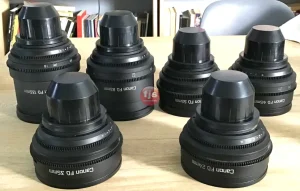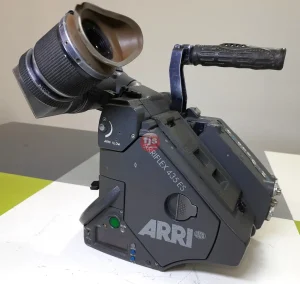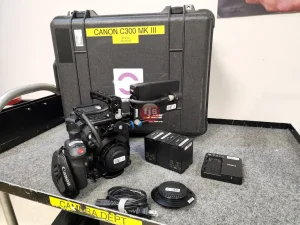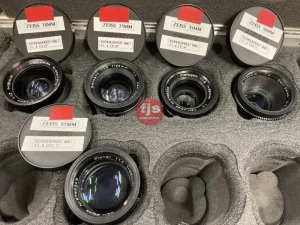Introduction:
Cinema lens design plays a crucial role in the world of filmmaking, as it is responsible for capturing high-quality images and enhancing the storytelling process. In this post, we will delve into the intricate world of cinema lens design, exploring how these lenses are designed, their usage, and their importance in creating visually captivating films.
- What is cinema lens design?
Cinema lens design refers to the process of creating lenses specifically tailored for use in filmmaking. These lenses are designed to meet the unique requirements of cinematography, including image quality, depth of field control, and optical performance. - How is a cinema lens designed?
a. Optical Design: The process begins with the optical design, where the lens elements’ arrangement and characteristics are determined. This involves the use of computer-aided design (CAD) software and the expertise of optical engineers.
b. Lens Elements: The lens consists of multiple elements made of specialized glass materials. These elements are carefully selected and designed to minimize aberrations and maximize image quality.
c. Coatings: Lens coatings are applied to reduce reflections and flare, enhancing contrast and color rendition.
d. Mechanical Design: The lens is not only about optics but also includes a robust mechanical design. This includes the barrel, focus and zoom mechanisms, and aperture control, ensuring smooth operation and durability. - What is the usage of cinema lenses?
a. Filmmaking: Cinema lenses are primarily used in the production of films, documentaries, and commercials. They offer filmmakers precise control over focus, depth of field, and other optical characteristics, allowing them to create the desired visual effects and convey emotions effectively.
b. Cinematography Techniques: Cinema lenses enable cinematographers to employ various techniques such as bokeh (blurring of background), selective focus, and shallow depth of field, adding artistic flair and visual engagement to the storytelling.
c. Adaptability: Cinema lenses are designed to be versatile, allowing filmmakers to work in different shooting scenarios, from low-light environments to action-packed sequences. They provide consistent image quality across different focal lengths and can be adapted to various camera systems.
Conclusion:
Cinema lens design is a highly specialized field that combines optical expertise, mechanical precision, and an understanding of the art of filmmaking. The design process involves meticulous attention to detail, resulting in lenses that offer exceptional image quality, control, and versatility. By using cinema lenses, filmmakers can bring their creative vision to life, capturing stunning visuals and immersing audiences in the world of cinema.










